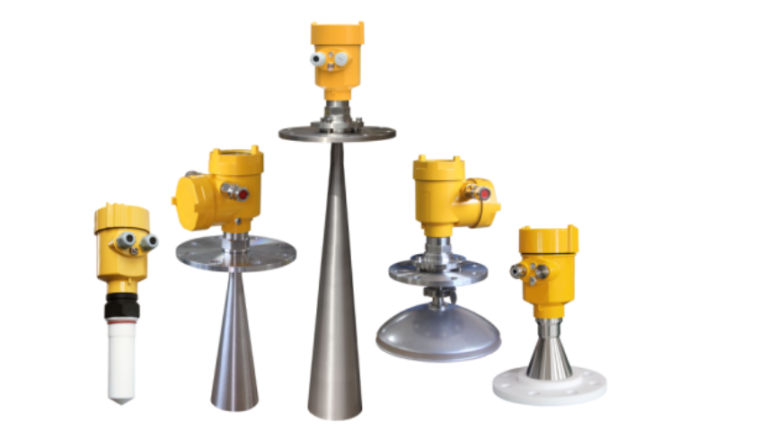Storage tanks are used in many fields for the storage of liquid media, and paraffin wax is no exception. Paraffin wax, a small variety of products, has very high requirements for measurement parameters such as mass, volume, and density as well as temperature. So, in the hydrogenation tank farm, what aspects need to be considered when choosing a radar level meter for paraffin storage tanks?

Firstly, let’s take a look at the storage media for paraffin storage tanks in the hydrogenation tank farm. It is known that this storage tank stores product such as export bulk waxes, semi-refined paraffin waxes as well as fully refined paraffin waxes. They are mainly paraffin wax products produced from ketone benzene reverse sequence wax materials after hydrogenation reactions. One of the greatest characteristics of this product is the heavy, high-viscosity oil. When selecting a radar level meter, it is important to pay attention to viscosity considerations.
After the viscosity has been noted, the melting point of the paraffin wax product must also be noted. When choosing a radar level meter, this should also be noted, if necessary, to see if there are any obstacles inside the tank, such as stirring devices, and if so, to avoid the area affected by the obstacles when installing it.

As a final point, the paraffin tank farm will implement quarterly flushing of the tanks in order to ensure that the interior is clean and that no contamination of the product occurs. When choosing a radar level meter, try to choose a product that is easy to install and dismantle.
Paraffin storage tanks have certain requirements for the selection of a radar level meter, and even the working conditions of each enterprise’s paraffin storage tanks are not quite the same, so when choosing a radar level meter, you must choose the right product according to your own situation, and choose the right installation method and installation location according to the actual situation.
